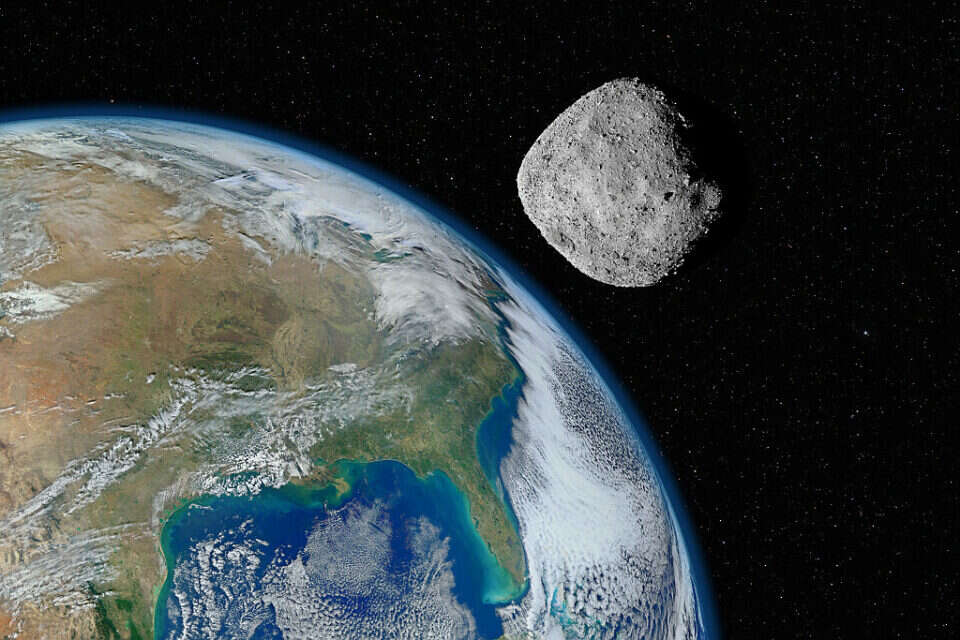One of our deepest existential fears – as well reflected in the science fiction film industry – is a mass extinction event caused by a giant asteroid colliding with Earth. After all, it happened to dinosaurs, so what promises us that it won't happen to us? The answer, according to a new study, is that the planet has a mechanism similar to the IDF's "windbreaker," which protects it and us from such catastrophic events. We reached out to ChatGPT for an explanation.
The study, led by Mikael Granbik, a planetary scientist at Luleå University in Sweden, reveals that gravity – the same force that "pulls" celestial elements passing by us closer – also plays a role in their destruction. The gravitational force exerted by the Earth, along with that of the Moon, creates forces called opposing tidal forces called tidal disruption. The same forces that influence the familiar tidal movement of water on Earth can be so strong that they tear celestial bodies apart, so large asteroids break apart before colliding into smaller pieces.
This force was well demonstrated in 1994, when the particles of Comet Shoemaker-Levy 9 crashed into Jupiter after the comet was dismantled by the planet's tidal forces. However, evidence of similar interactions between Earth and asteroids or comets has eluded scientists for decades. Granbæk and his team were looking for evidence of near-Earth asteroids that had been dismantled by gravity. Initial attempts turned out to be futile, since such fragments are too difficult to detect from Earth. The breakthrough came when Granbæk considered a model that calculates the orbits of asteroids based on their known size, comparing the results of the model evaluation with real-life observations from the past seven years of the Catalina Sky Survey project in Arizona.
Initially, the model did not correctly predict the numbers of certain asteroids – especially those orbiting Earth and Venus at similar distances. Granbæk realized that the excess asteroids, most of which were quite small, might be fragments of larger asteroids, which had been 'torn apart' by tidal forces. He and his collaborator, Kevin Walsh of the Southwestern Research Institute in Colorado, then investigated the addition of a new premise, according to which asteroids caught up in rocky planetary environments lose at least half of their mass, which breaks down into particles. This assumption led the model to predictions that were much more consistent with the observations—providing strong evidence that Granbeek and his team's assumption was correct.
On the one hand, this is good news, as it teaches that stars, including Earth, "protect" themselves from asteroids capable of destroying them. On the other hand, the process produces countless additional asteroids floating around the stars, up to one kilometer in diameter, capable of causing relatively "small" but still tragic disasters. For example, the asteroid that caused great destruction and many injuries in the Chelyavisnak region of Russia 11 years ago had a diameter of only 20 meters, and the asteroid that destroyed more than 2,000 square kilometers of forests in the Tunguska region of Russia 115 years ago had a diameter of about 65 meters.
Wrong? We'll fix it! If you find a mistake in the article, please share with us

